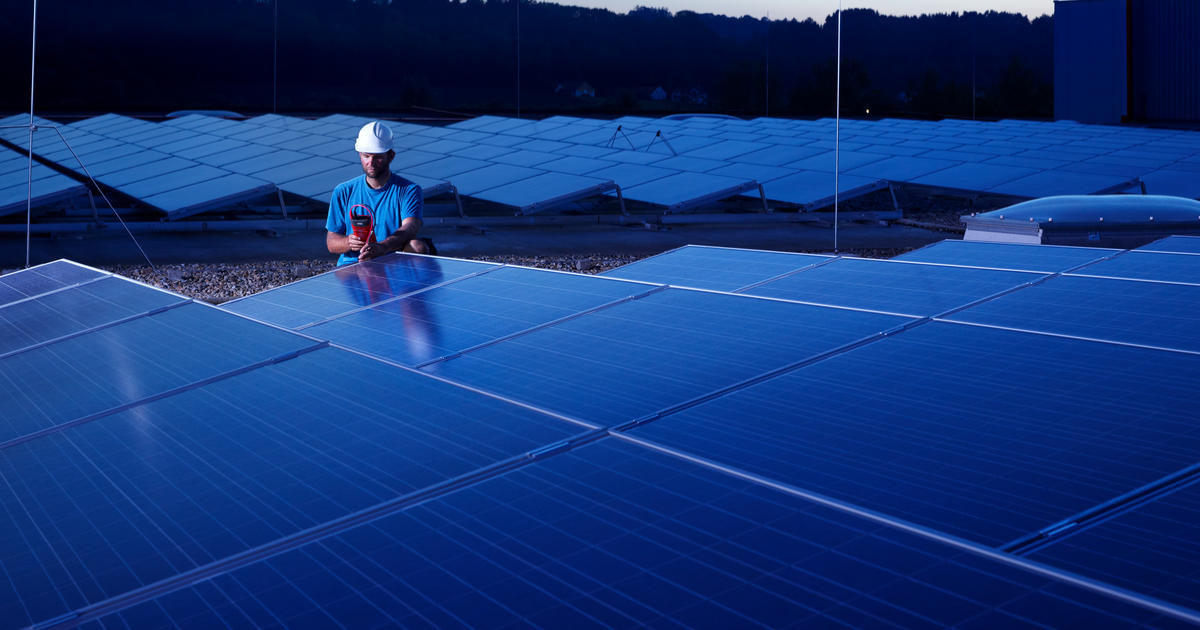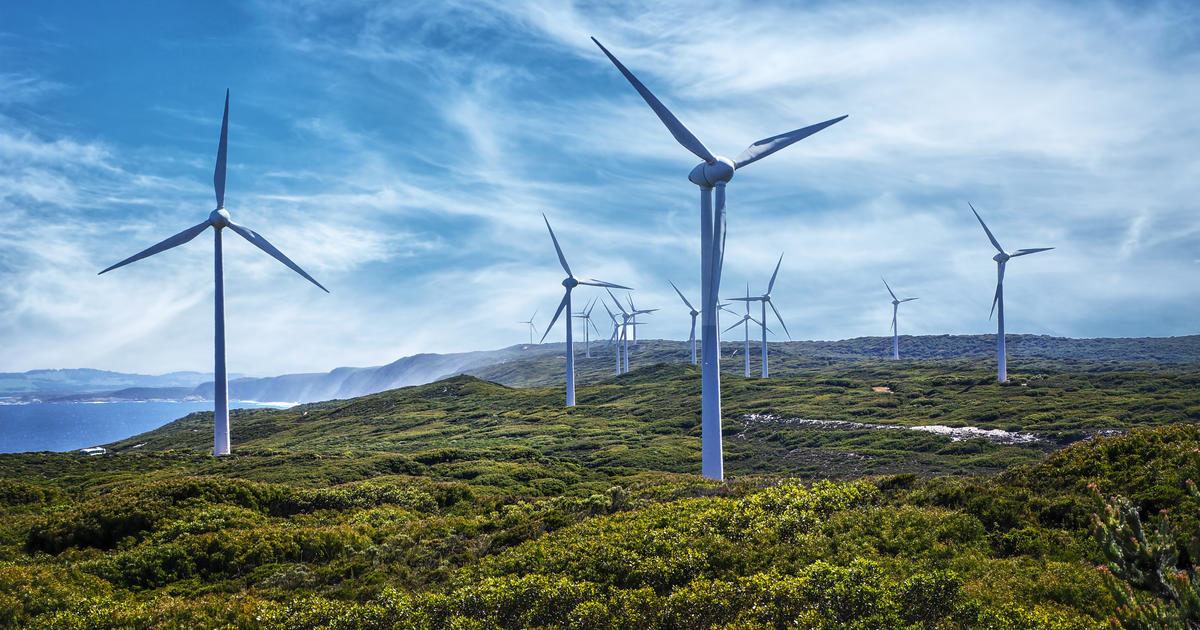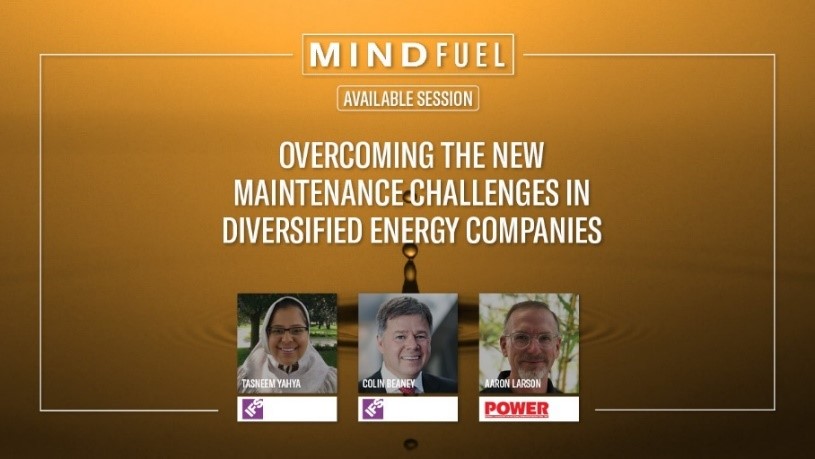IFS Vice President of Energy, Utilities and Resources, Colin Beaney, discusses the highs and lows of the renewable energy sector through 2020, and looks at the factors at play influencing its future.

It’s been an up and down year for the renewables sector
In my recent IFS Mindfuel presentation, I talked about the global growth in the demand for energy, and how the share of this demand met from renewable sources was growing fast.
According to the International Energy Authority: “Low-carbon sources supply more than half of this growth, and natural gas accounts for another third. Oil demand flattens out in the 2030s, and coal use edges lower.”
In fact, in the first quarter of 2020, the UK generated more energy from renewable sources than ever before.
Linked to this, the global levelized cost of electricity for renewable sources reached historic lows – a decade ago, onshore wind power for example was at more than $100/MWh, but if those trends continued the LCOE of best-in-class solar and wind projects would be less than $20/MWh by 2030.
But with things looking so positive earlier this year, how has the global COVID-19 pandemic and the economic consequences affected this, and what role will steps towards recovery play? None of the analyst’s forecasts considered the impact of a global pandemic on energy demand.
As industrial energy usage reduced with facilities closing, and the demand from the transportation industry disappeared because local and international lockdowns were implemented, the impact on the oil price was seen immediately. With lasting impacts and no rapid return to pre-crisis levels forecast by some commentators.
What about renewable energy?
Despite the steep growth curve observed at the start of the year, serious supply chain and project disruption put many firms at risk, but renewables have demonstrated a certain resilience. In the face of short-term challenges that I will set out below, these unprecedented times offer the opportunity to accelerate the role of renewables in the energy transition so there is cause for optimism.

Supply chain disruption
One short-term challenge facing the renewables sector is the disrupted supply chain. The impact of this is twofold:
- This covers key components and equipment manufacturers by suppliers distributed globally – the US and Europe are heavily reliant on supply from China, particularly for solar and wind technology from more than 50% of supplies. The Covid-19 outbreak has resulted in the components and equipment manufacturers halting production at their sites. Looking forwards, the new trade and diplomatic relationships will be significant.
- It also covers the supply of contracted labor and expertise. According to Boston Consulting Group (BCG) for many utilities, contracted labor now accounts for more than half of their total labor hours and for spending that is equivalent to as much as half of the utility’s revenues. The resilience of these often smaller firms will be tested by the economic implications of a post-pandemic economic recession.
Project performance
The supply chain challenge outlined above obviously has a knock on effect on the performance of in-progress projects. But what about the investments and financing going into new developments?
According to Wood Mackenzie, global solar and energy storage installations drop by nearly 20% compared to pre-COVID-19 projections; wind turbine installations are expected to decline by a 6%. Coupled with sector-wide job losses – in the US for example more than double the number of jobs were lost in renewables than in oil & gas drilling and refining over the same period.
Pace of #cleanenergy jobs recovery is slow, though #solar projects continue. Execs with @ACORE @e2org @e4thefuture analyze the numbers. https://t.co/Le9BKz66iQ
— POWER magazine (@POWERmagazine) August 13, 2020
A route to recovery
Not positive so far, but the deck has been reshuffled, or more precisely, scattered across the floor and I am confident that the following factors will drive sector recovery:
Consumer Demand and Values
Domestic consumers are increasingly demanding energy from renewable sources of their suppliers which will drive change in non-monopolized domestic energy retail – but equally the same trend will drive change in industrial supply as consumers scrutinize brands’ supply chains.
With a global recession looming, consumers and industrial energy customers are likely to choose based on price as well as environmental considerations – but as we’ve seen the LCOE of technologies such as wind and solar so low in recent years I do believe this sources will remain competitive.

Economic stimulus packages – and international trade agreements
A second factor that will reignite the renewable sector’s momentum are the economic stimulus packages many governments will implement as part of the strategies to combat the economic implications of COVID-19.
For example, in July the EU27 touted their 7-year budget and special pandemic-recovery package as “the world’s largest green stimulus package” – with almost a third of the $860b earmarked for fighting climate change, and all expenditure required to be in line with the Paris Agreement.
More renewable power and resilience information
A recurring theme in the IFS Mindfuel series – from all industry streams – was that the firms that survived, or even succeeded, during the pandemic (the likes of Farrow & Ball, M Group, Jotun, Lisi Medical) were those with modern, best-practice, IT systems and processes already in place. Because of the nature of the renewables sector, but depending on each specific organization, this infrastructure could need to span project, asset, supply chain, service management and possibly even manufacturing processes to ensure operational efficiency and success.
For more information on the maintenance challenges a diversified energy mix brings, and the role of technology, watch this Mindfuel session where I’m joined by Aaron Larson, Executive Editor of Power Magazine and Tasneem Yahya of IFS for a short, focused discussion.
Do you have questions or comments?
We’d love to hear them so please leave us a message below.
